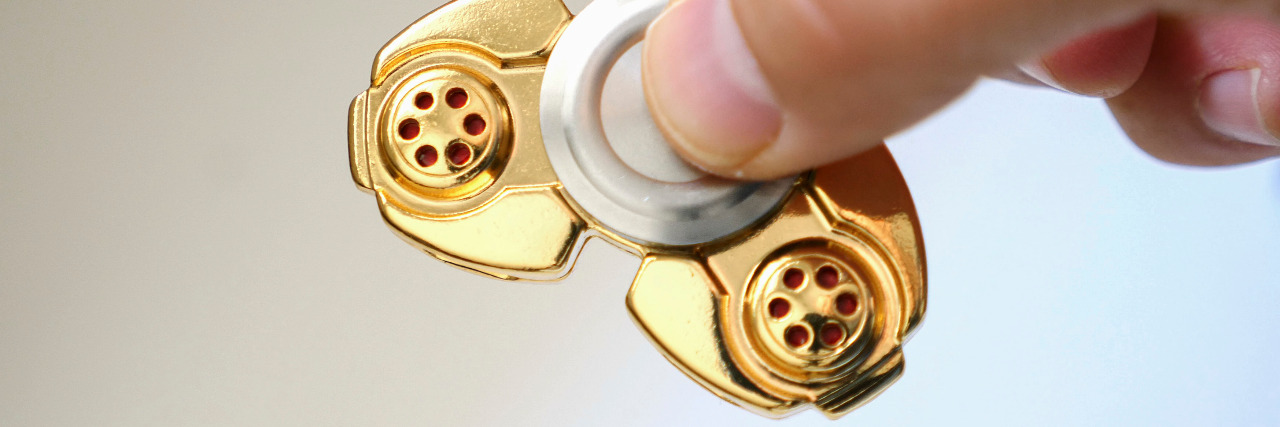In second grade I would kick my feet under my desk. This wasn’t a light paddle kind of kick, but wildly kicking the desk up with my feet, causing a commotion and a lot of noise. It would completely disrupt the class and I would get yelled at. I would have to stay in for recess because of something out of my control. I remember my regular ed teachers putting heavy books on my lap to try to get me to stop, but I had so much energy my legs would just kick. There was also a time they put tape on my legs (I could easily break the tape) that would lightly tug on my clothing as I started to kick, trying to act as a reminder. But still, my feet swung.
Other relevant stories:
• How to Increase Dopamine ADHD
• ADHD and Narcissism
• Good Jobs for People With ADHD
• What is ADHD?
As much as I tried to stop, the second my mind lost focus (which as a child with severe ADHD was literally every three minutes) my legs would start going again. My special ed teacher found a solution, a piece of fabric I could play with in my hands, and suddenly my legs stopped kicking. Over the years I’ve tried different things to get the relief, and I have found nothing more helpful than my fidget cube.
Students with disabilities need these cubes and spinners, but non-disabled students have now taken these objects and are treating them like toys instead of what they were actually invented for: therapy. Kids with anxiety, autism, sensory processing issues, ADHD, and many other cognitive and even physical disabilities really benefit from these tools. While they might be fun for some, they actually serve a purpose to many. They’re now being banned in schools because students who don’t need these objects are misusing them.
Please talk to your kids/friends/family about disabilities, and how some students/fellow employees may get items or services they do not get. Many kids in elementary school are angered by this, but if these kids are informed of the reason for these differences, they are more likely to accept them and help create a better environment for students of all abilities. The fidget “toy” is a great place to start a conversation about ability and disability.
I don’t mind when non-disabled people use fidget tools, but please talk to your kids, siblings, and peers about the importance of them. Teach them to use them appropriately so those who need them don’t have to suffer the consequences from those who use them for fun. For you, they may be a toy, but for me, they are essential in my everyday life.

